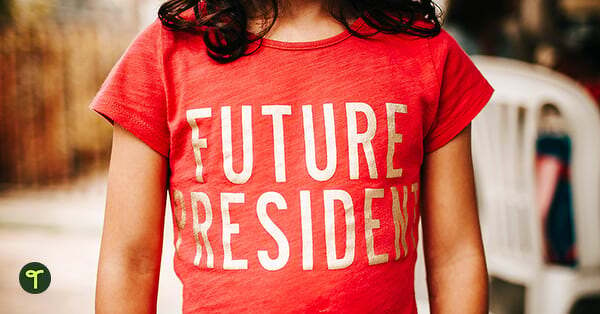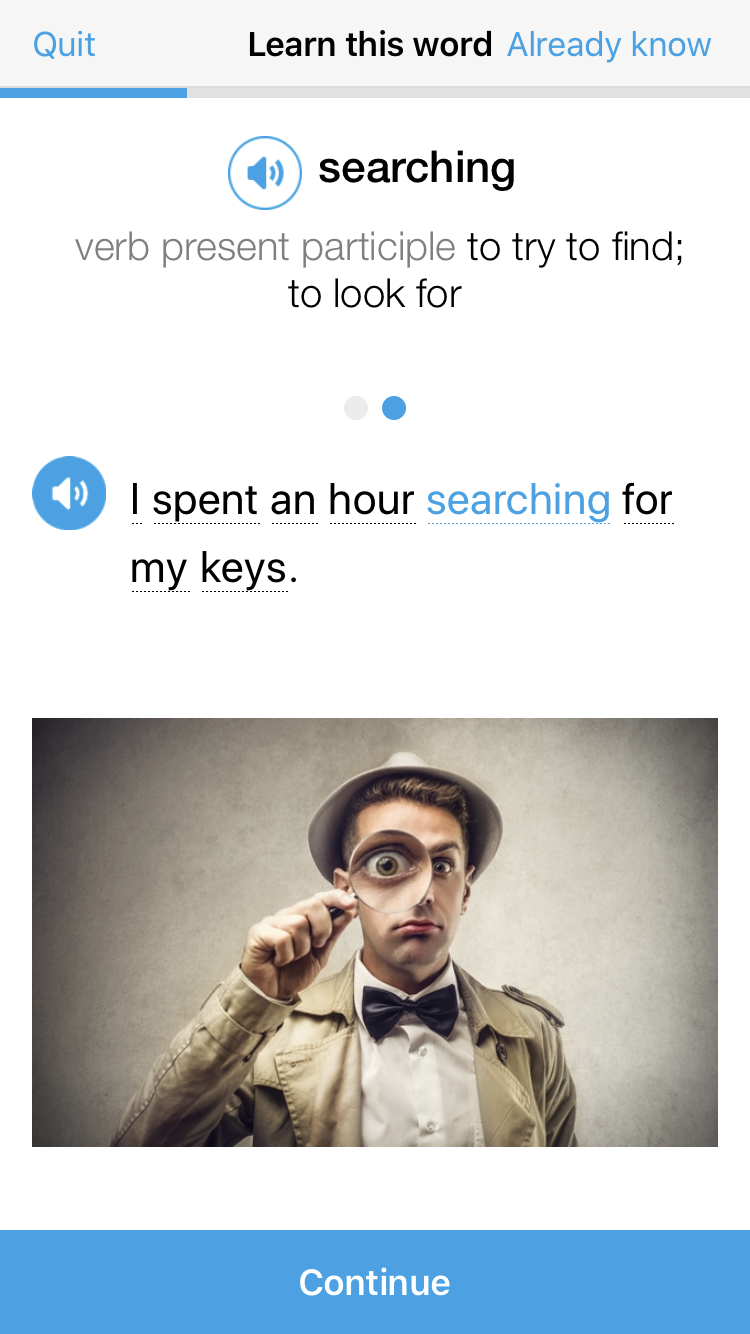
Abaham Lincoln’s birthday was February 12, 1809 and was celebrated as a holiday up until 1971 when the Uniform Monday Holiday Act of 1971 combined both George Washington and Abraham Lincoln’s birthday to the third Monday in February to be celebrated as Presidents Day. If you are looking for a fun presidents day craft, just learning about Lincolen with kids, celebrating with a fourth of july craft, or any other number of reasons, this Abraham Lincoln Craft is a fun and simple lincoln craft for kids. To make this paper palte craft, you will only need a few simple materials you probably already have on hand. This is a fun abraham lincoln crafts to make with toddlers, preschoolers, kindergartners, grade 1, grade 2, and grade 3 students.
Help children learn about the great country of the United States with these free printables and resources:
First, to make this abraham lincoln preschool craft, you will need to cut out the inside of the circle so you can see your child’s cute little face.
Whether you are learning about Abraham Lincoln for kids, learning about American presidents, celebrating Presidents Day on the third Monday in February, or getting readyf for the 4th of July, this abraham lincoln craft is perfect. Using abraham lincoln crafts with toddler, preschool, pre-k, kindergarten, first grade, 2nd grade, and 3rd graders is a way to learn about Lincoln in a fun, memorable way. Plus this easy abraham lincoln paper plate craft is simple to make with kids.
Abraham Lincoln Craft

Now cut 2” horizontally off the black construction paper. Staple the larger piece of construction paper (vertically to make a tall hat), the 2” strip horizontally to make the hat’s brim, and a craft stick at the back to the top of the plate.
This Abraham Lincoln Costume would be great for a President’s day play too!
- Free Presidents of the United States for Kids
- Printable USA Presidents Coloring Pages
- USA For Kids Printable Book
- Voting for Kids – How Americans elect a new president
- Free Presidents Worksheets – Learn about all the American presidents
- Painters Tape American Flag Craft
- US State Symbols Mats
- American Revolution for Kids
- Printable Maps for Kids

Start your Presidents’ Day lessons with a quick discussion regarding vocabulary! Our Presidents’ Day Word Wall Vocabulary resource has over 55 vocabulary cards and is completely editable. Create a Presidents’ Day word wall chart in your classroom to help immerse your students in the day.
- Practice identifying coins or presidents.
- Practice identifying coins by value, or adding and subtracting coins together.
- Use the templates to write facts about each president and work on handwriting skills.
- Use the puppets to present some facts to the class in ‘character’ as one of the represented presidents.
As well as interesting information, the PowerPoint features three fun activities using our 10 Fun Facts – Template, Design-a-Currency resource, and If I Were President… worksheet to help your students explore different facets of being the president!
Before you wish your students a happy holiday weekend, give them a chance to explore the themes behind this important day with some fun and interesting classroom activities! Whether you’re looking for something serious or a little more light-hearted, we’ve got everything you need to help your students engage in this important day.
Written by Emma (Teach Starter)

Older students may benefit from completing a biography research project on a president of their choice! Why not use our Biography Timeline Template to help your students create a presidential timeline of their chosen figure?
You may be surprised at some of the suggestions your students make!
Having your face on a dollar bill is a pretty big deal! Your students will love the opportunity to design and illustrate their very own bill.

Each team should write the name of each president on an index card and lay the cards out in front of them. They should then take turns asking you yes/no questions about yourself as you pretend to be a specific president. Students can use the notes they took when reading about each president, but they can’t return to the original reading selections.
No, I’m not saying your students are learning English for financial gain, or that they only care about money. I’m saying that money is a topic that everyone can relate to. It’s something we touch and use every day of our lives. Every student probably has a few bills or coins in their pocket as they sit in class, excited about the activity you’re about to present.
One aspect of teaching students from around the world that I’ve always loved is talking about culture. Culture-oriented activities are always a hit with my ESL students—there’s nothing quite so interesting as learning about people in other countries, how they live, how they think and what they celebrate.
Rather than focusing only on writing, you can also opt to have your students deliver their campaign promises out loud, in front of their potential voters.
4. President for a Day

While Presidents’ Day is popularly celebrated by recognizing all American presidents, it began as “Washington’s Birthday” and is still officially celebrated as such in some states. No matter how it’s celebrated regionally, it’s always done on the third Monday of February in honor of George Washington’s actual birth date.
How much do your students know about the presidents of the United States? How much can they remember from a reading selection?
I’m usually the kind of teacher who avoids politics in the classroom, but these fun Presidents’ Day activities are a way to bring in a little U.S. history and still get your students learning and using English.
If you're looking for creative ways to teach English, then you'll love using FluentU in your classroom!

Last year the New-York Historical Society opened a permanent exhibition that recreates the Oval Office as decorated for Ronald Reagan’s second term. (Love the rose curtains. And the matching pink phone.) The space includes a replica of the Resolute Desk, a gift from Queen Victoria. Visitors cannot sit behind it for photo ops right now, but they can still take selfies in the room. There are other presidential artifacts on hand, including Washington’s inaugural Bible.
Lincoln’s modest home in Springfield, Ill., remains closed, but the National Park Service has arranged a virtual tour instead. Enjoy the bold choices in carpeting! For a somewhat grimmer sojourn, click through a virtual tour of Ford’s Theater, the site of Lincoln’s assassination, in Washington, D.C.
In Lower Manhattan, Washington’s fans might begin at Fraunces Tavern Museum, where in 1783, before it was cool, he ordered takeout. The upstairs hosts a museum and a re-creation of the room where Washington spoke to his officers. Stop in front of Wall Street’s Federal Hall, a national memorial and the site of Washington’s 1789 inauguration, as well as the first Supreme Court and Congress. (While the original building was demolished in 1812, the new hall has a piece of the balcony where Washington stood.) The hall is currently closed, but there are virtual exhibitions for Black History Month and Presidents’ Day.
Most years, Presidents’ Day is treated as little more than a shivery three-day weekend. But with a new chief executive in office, a former one on trial for impeachment and several statues of past presidents pulled down last year, maybe the holiday can offer time to reflect on the presidency and the ambit of our country in general.
Tour presidential beginnings

At the Statue of Liberty Museum, visitors can see how the structure was produced and installed, as well as the original torch. On neighboring Ellis Island, visit the National Museum of Immigration to see photos, videos and heirlooms. Stop by the Family History Center in the hopes of learning your own story. Research assistants are on hand, if you and your genealogy need extra help. (The center is closed on Presidents’ Day itself.)
While Washington’s Mount Vernon Estate remains open, it also features robust virtual offerings, some of which include to-go food pairings. In the area for Feb. 13 or 27? Pick up hoecakes and sweetmeats for a virtual tea with Martha Washington. (Maybe not the actual Martha Washington?) The virtual jewel: An extensive tour, including videos, stories, 360-degree views and close-ups of furniture, curios and a recipe for Martha’s “Great Cake.” The tour includes quarters that housed enslaved people and some description of their lives on the estate.
The society also invites visitors to participate in an interactive game, Playing the President: FDR’s First Hundred Days. By reading historical documents and consulting virtual advisers, you too can help pull America out of a depression.

The malleable, dynamic nature of the U.S. political system concerned some of the Founding Fathers. Would it really work? Could it last? Even Washington himself was unsure of the nation’s sustainability.
“What Washington saw in post-revolutionary America made him afraid on all these counts,” Dr. Guelzo said. “With the end of the [American] Revolution, Americans found themselves released from the economic constraints placed upon them by the former British colonial overlords, and they went on a binge of speculation and consumption.”
“The 13 colonies which had thrown off British allegiance in 1776 retained significant powers for themselves even as they became member states in the new Confederation, power which they did not hesitate to use against each other in economic disputes
The Constitution of the United States of America is a changeable, living document. By basing the nation’s structure on it, the United States opens itself to questions of interpretation and change, with many complex factors of its framework often mixed up or looked over.
Establishing the United States was a larger endeavor than most realize. Friendships dissolved, arguments over policies raged, and the Constitution emerged from uncertain beginnings. Even George Washington had doubts about the nation.
“The Congress created by the Articles of Confederation had no power to levy taxes on the states, which meant that the United States had no reliable way of repaying its wartime debts to bankers in Paris and Amsterdam,” Dr. Guelzo said. “Without that authority, no one would lend the American government a farthing.”
The economic bubble burst in the spring of 1784 when five London banking houses went bust. They had been allowing Americans to buy things on credit, but Americans ran out of “specie”—or hard coin—with which to pay their debts. Merchants closed shops, mortgages defaulted, and credit collapsed.
In his video series America’s Founding Fathers, Dr. Allen C. Guelzo, the Henry R. Luce Professor of the Civil War Era at Gettysburg College, shed light on the uncertainty of the new nation. Dr. Guelzo said that a republic depends on the virtues of its people to hold it together, due to their power of voting and electing officials. Additionally, republics had only been tested on smaller scales.
